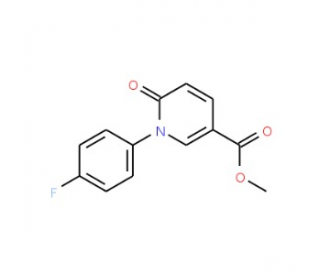详细说明
- Purity>95%, by SDS-PAGE under reducing conditions and visualized by silver stain
- Endotoxin Level<1.0 EU per 1 μg of the protein by the LAL method.
- ActivityMeasured by its ability to enhance neurite outgrowth of E16-E18 rat embryonic cortical neurons. Able to significantly enhance neurite outgrowth when immobilized as a 3 µL droplet containing 100 ng on a nitrocellulose-coated microplate.
- SourceMouse myeloma cell line, NS0-derived Glu19-Gln1059, with a C-terminal 10-His tag
- Accession #
- N-terminal Sequence
AnalysisGlu19 - Predicted Molecular Mass115 kDa
- SDS-PAGE145 kDa, reducing conditions
| 3030-CN | | |
| Formulation Lyophilized from a 0.2 μm filtered solution in PBS. | ||
| Reconstitution Reconstitute at 100 μg/mL in sterile PBS. | ||
| Shipping The product is shipped at ambient temperature. Upon receipt, store it immediately at the temperature recommended below. | ||
| Stability & Storage: Use a manual defrost freezer and avoid repeated freeze-thaw cycles.
|
Contactin-5 (CNTN5), also known as NB-2, is a neural adhesion molecule in the contactin family of the immunoglobulin superfamily. The contactin family comprises six members (CNTN1/F3, CNTN2/TAG-1, CNTN3/BIG-1, CNTN4/BIG-2, CNTN5/NB-2 and CNTN6/NB-3) that are characterized by the presence of six Ig-like domains, four fibronectin type III-like repeats, and a glycosylphosphatidylinositol (GPI)-anchoring domain (1, 2). The human Contactin-5 cDNA exists in two splice forms which contain an 18 amino acid (aa) signal sequence and a 28 aa C-terminal propeptide. The long isoform is a 1082 aa protein that shares 91% aa sequence identity with rat and mouse Contactin-5. The short isoform lacks the first 74 aa at the N-terminus of the long isoform. Human Contactin-5 shares 43%, 41%, 52%, 52%, and 48% aa identity with Contactins-1,-2,-3,-4, and -6, respectively (3). Contactin family proteins exist as membrane-bound proteins, but can also be released as soluble proteins by GPI-specific phospholipase D. The gene encoding Contactin-5 is localized to a chromosomal region associated with schizophrenia and the neuronal disorder Jacobsen syndrome (4). The highest expression of human Contactin-5 is seen in occipital lobe and amygdala, followed by cerebral cortex, frontal lobe, thalamus, and temporal lobe (4). In rat, Contactin-5 is highly expressed specifically in structures of the central auditory pathway (5). Also in rat, Contactin-5 has been shown to promote neurite outgrowth of cerebral cortical neurons in vitro (5). Deficient Contactin-5 expression in mice results in impaired neuronal activity of the central auditory system (6).
- References:
- Kazarinova-Noyes, K. and P. Shrager (2002) Mol. Neurobiol. 26:167.
- Denisenko-Nehrbass, N. et al. (2002) J. Physiol. Paris 96:99.
- Ogawa, J. et al. (1996) Neurosci. Lett. 218:173.
- Kamei, Y. et al. (2000) Genomics 69:113.
- Ogawa, J. et al. (2001) J. Neurosci. Res. 65:100.
- Li, H. et al. (2003) Eur. J. Neurosci. 17:929.
- Entrez Gene IDs:53942 (Human)
- Alternate Names:CNTN5; contactin 5; Contactin5; Contactin-5; hNB-2; HNB-2s; MGC163491; NB2; NB-2; neural adhesion molecule; Neural recognition molecule NB-2












